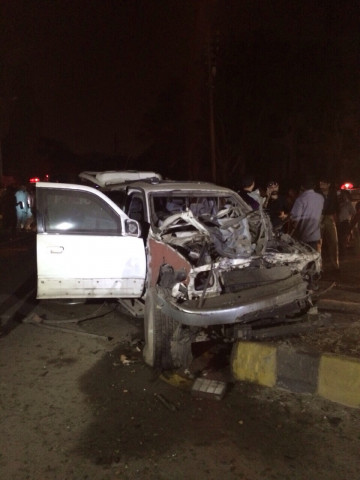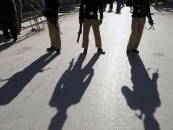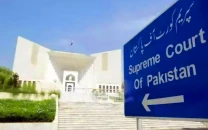Dodging the bombers
If Pakistan is to fight extremism successfully it needs to look inwards as well as outwards.


A number of features are worthy of attention. The blast was caught on CCTV cameras that showed a man parking a Suzuki pick-up truck and then walking away from the area. The truck was later briefly examined by two men on a motorcycle. The vehicle-borne improvised explosive device (VBIED) contained up to 50 kilogrammes of explosives and would have been remotely detonated. This would mean that the person setting it off would have had to have line-of-sight with the bomb to ensure it detonated at exactly the right moment and therefore was in the vicinity continuously since the VBIED was parked.
Secondly, the bomber had knowledge of the route that the target was going to take. It is not known if the target varied his route home — which should have been standard procedure for such a senior officer with a history of attacks on his life — but the fact is that the bomber knew where and roughly when his target would appear. This points to excellent intelligence on the part of the attacker(s) perhaps via monitoring police communication channels or possible infiltration of the police by those who would be privy to the movements of senior officers — or quite possibly a combination of both. There are extremist sympathisers within all the police and security forces in the country, as well as within the armed forces as shown by the recent Navy attack. If Pakistan is to fight extremism successfully it needs to look inwards as well as outwards.
Published in The Express Tribune, September 27th, 2014.
Like Opinion & Editorial on Facebook, follow @ETOpEd on Twitter to receive all updates on all our daily pieces.



















COMMENTS
Comments are moderated and generally will be posted if they are on-topic and not abusive.
For more information, please see our Comments FAQ